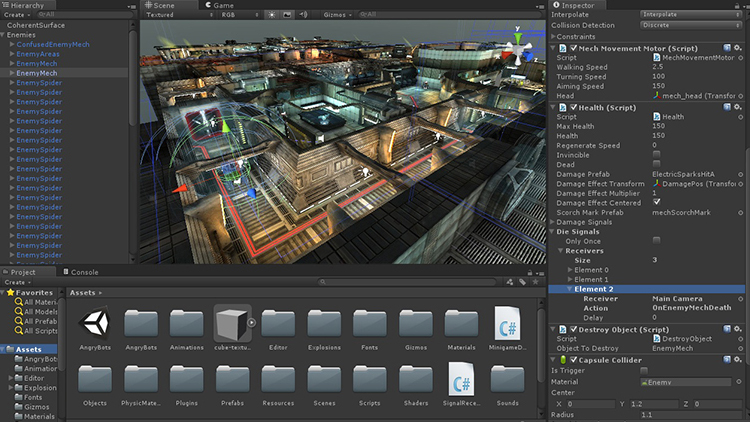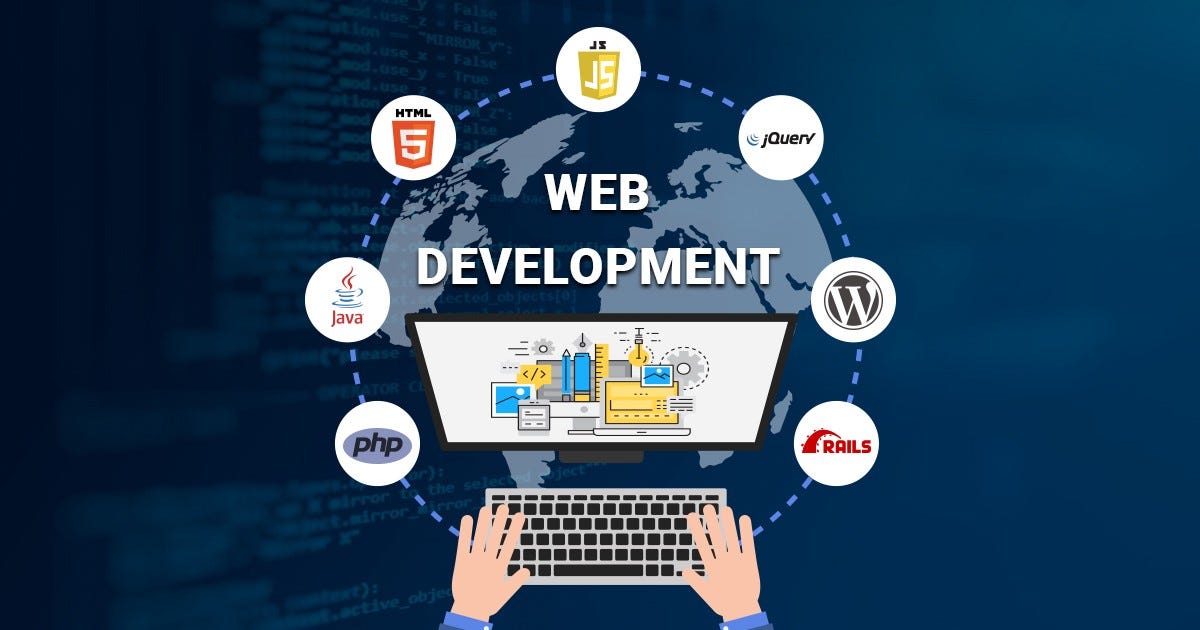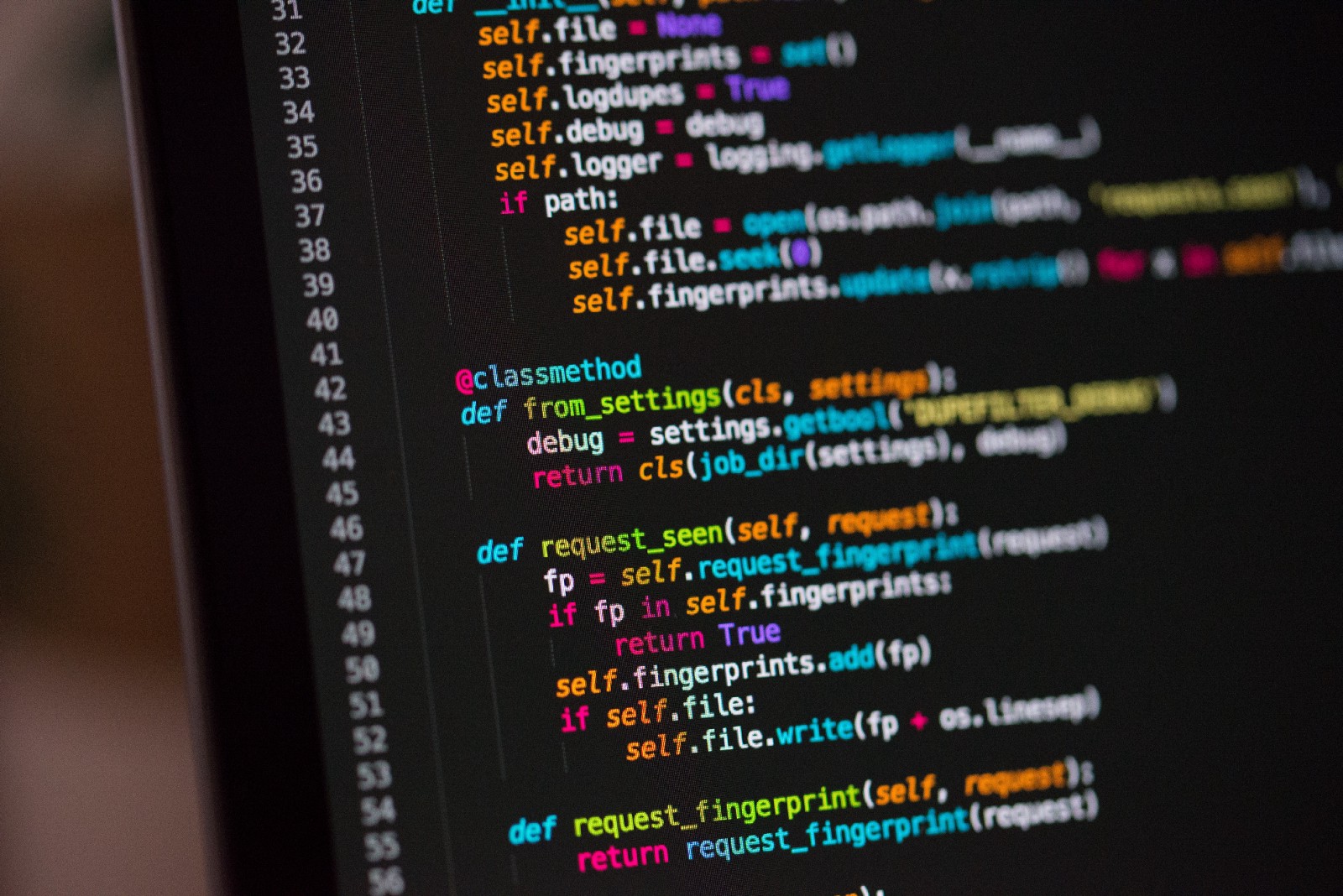Category: Introduction
-

Automating Instagram posts using the Instagram Graph API in JavaScript:
•
In this guide, we’ll explore how to automate posting on Instagram using JavaScript and the Instagram Graph API. By leveraging the power of the Graph API, we can schedule posts programmatically, streamlining the process of managing content on Instagram. Let’s dive in and learn how to set up our development…
-

Create UI in C on MacOS
•
This code provides a simple introduction to creating a macOS application using Cocoa, which is the native framework for macOS app development. Cocoa provides a set of APIs and tools for building applications with rich graphical user interfaces (GUIs) for macOS. Let’s break down the code: This code creates a…
-

Creating a user interface (UI) for a C
•
Creating a user interface (UI) for a C program involves a bit of creativity since C itself doesn’t have built-in libraries for UI development like some other languages do. However, you can use libraries like GTK, Qt, or ncurses to build UIs for C programs. Here’s a simple example using…
-

Chapter 13: Community and Sharing
•
Introduction to Online Game Development Communities and Forums In this chapter, we’ll explore the importance of community and sharing in the game development process. We’ll introduce you to online game development communities and forums where developers can connect, collaborate, and showcase their work. By participating in these communities, you’ll have…
-

Chapter 12: Advanced Topics and Exploration
•
Delving into Advanced Unity Features In this chapter, we’ll delve into more advanced Unity features and explore additional game development tools and resources to broaden your skills and knowledge. We’ll encourage creativity and experimentation with open-ended projects, allowing you to apply what you’ve learned in practical and innovative ways. Example…
-

Chapter 11: Game Design Principles
•
Introduction to Game Design Concepts Game design is the foundation of every successful game, encompassing mechanics, dynamics, and aesthetics that shape player experiences. In this chapter, we’ll introduce you to fundamental game design principles, including mechanics, dynamics, aesthetics, player engagement, game balance, brainstorming, and prototyping new game ideas. Example 1:…
-

Chapter 10: Publishing Your Game
•
Overview of the Game Publishing Process Publishing your game is the final step in the game development journey, where you share your creation with the world and make it accessible to players. In this chapter, we’ll provide an overview of the game publishing process for different platforms, explore Unity’s build…
-

Chapter 9: Testing and Debugging
•
Understanding the Importance of Testing Games Testing and debugging are critical stages in game development to ensure your game is free of bugs and issues, and delivers a smooth and enjoyable experience to players. In this chapter, we’ll delve into the importance of testing games, debugging common errors, and playtesting…
-

Chapter 8: Audio and Sound Effects
•
Adding Background Music and Sound Effects to the Game Audio plays a crucial role in creating immersive and engaging gameplay experiences. In this chapter, we’ll explore how to add background music and sound effects to your Unity game, utilizing Unity’s Audio Source component and AudioClip assets. Example 1: Adding Background…
-

Chapter 7: Advanced Game Mechanics
•
Implementing More Complex Game Mechanics Advanced game mechanics take your game to the next level, adding depth and complexity to gameplay. In this chapter, we’ll explore how to implement various advanced mechanics, from power-ups to enemies, animations, particle effects, and physics-based interactions. Example 1: Implementing Power-Ups Power-ups are special items…
-

Chapter 6: Introduction to 3D Game Development
•
Exploring 3D Modeling and Importing Assets into Unity 3D game development brings an extra dimension of complexity and excitement. To start, we need to understand 3D modeling and how to import these assets into Unity. Example 1: Creating a Basic 3D Model Begin by creating a simple 3D model using…
-

Chapter 5: User Interface Design
•
Introduction to Unity’s UI System: Canvas, Text, Buttons, and Images Designing an engaging and functional user interface (UI) is crucial for any game. Unity’s UI system provides powerful tools to create and manage UI elements like canvases, texts, buttons, and images. Example 1: Setting Up the Canvas Begin by creating…
-

Chapter 4: Creating a Simple Game
•
Guided Project: Building a Simple 2D Platformer or Endless Runner Game Creating a simple game is an excellent way to learn Unity and practice your game development skills. In this chapter, we will walk through the process of building a basic 2D platformer or endless runner game. Example 1: Setting…
-

Chapter 3: Scripting Basics with C#
•
Introduction to C# Scripting Language C# is a powerful and versatile programming language used to write scripts in Unity. Scripts are the backbone of your game, allowing you to control the behavior and interactions of game objects. Let’s dive into some hands-on examples to get you started with C# scripting…
-

Chapter 2: Creating and Manipulating Game Objects
•
Basic Game Object Manipulation: Moving, Rotating, and Scaling In Unity3D, manipulating game objects is fundamental to creating interactive scenes. Moving an object involves changing its position in the 3D space, which can be done using the Translate tool in the Scene View or by setting its position values in the…
-

Chapter 1: Introduction to Unity3D
•
Brief Overview of Unity3D Interface and Its Components Unity3D is a powerful game development engine used by professionals and beginners alike. When you first open Unity, you’ll see several key components that form the interface. The Scene View is where you’ll place and arrange your game objects, creating the visual…
-

Lets Create a Real-world Currency Price Tracker
•
The Real-world Currency Price Tracker is a web-based application designed to provide users with real-time information on currency exchange rates. Developed using HTML, CSS, and JavaScript, this project leverages the ExchangeRate-API to fetch the latest exchange rates in relation to the US Dollar (USD). The application features a clean and…
-

Update Cryptocurrency Tracking
•
Lets create a cryptocurrency tracking website that displays prices for all cryptocurrencies available in the world, you’ll need to fetch data from a cryptocurrency API that provides comprehensive information about all cryptocurrencies. CoinGecko is a popular choice for this purpose. Here’s how you can build it: Introduction: Cryptocurrency Price Tracker…
-

Lets Create A Simple Snake Game
•
let’s create a full Snake game with HTML5 Canvas and JavaScript. This game will have the following features: Here’s the code for the full Snake game: html<!DOCTYPE html><html lang=”en”><head> <meta charset=”UTF-8″> <meta name=”viewport” content=”width=device-width, initial-scale=1.0″> <title>Snake Game</title> <style> canvas { border: 1px solid #000; background-color: #eee; display: block; margin: 0…
-

Javascript Client Side Video Converter
•
Lets Create a Progressive Web App (PWA) that converts videos entirely on the client-side without any server-side processing is a bit challenging due to the processing power and memory limitations of browsers, especially for large video files. However, for smaller videos or educational purposes, we can create a basic PWA…
-

AI-powered image generator in JavaScript
•
Creating an AI-powered image generator in JavaScript requires integrating a model capable of generating images based on certain inputs. While client-side JavaScript itself isn’t equipped to run advanced AI models like those used for image generation, it can interact with server-side models or APIs that handle the heavy lifting. One…
-

Creating a Harry Potter-inspired “Tom Riddle’s Diary”
•
Lets creating a Harry Potter-inspired “Tom Riddle’s Diary” AI interface involves several components. We’ll create a simple chat interface where users can type messages, and our “diary” will respond using a basic AI powered by an API like OpenAI’s GPT-3 or a similar language model. Overview of the Implementation Step…
-

Crypto Tracker Using Client Side Javascript Advanced Version
•
create a more advanced version of the Crypto Tracker with a search function and additional features, we can extend our previous implementation. Here’s how you can do it: New Features: Step 1: Updated HTML Structure Add a search bar and update the table to accommodate more detailed information. html<!DOCTYPE html><html…
-

Crypto Tracker Using Client Side Javascript
•
Let’s create a simple Crypto Tracker using client-side JavaScript that fetches cryptocurrency data from a public API and displays it in a web page. We’ll use the CoinGecko API for this purpose. Step-by-Step Guide Step 1: HTML Structure Create an index.html file with the following content: html<!DOCTYPE html><html lang=”en”><head> <meta…
-

Create An Advance Web Scrapper Using Client Side Javascript
•
create a client-side web scraper using JavaScript running in the browser. We’ll use the fetch API to make HTTP requests and DOMParser to parse HTML content. Here’s how you can do it: html<!DOCTYPE html><html lang=”en”><head> <meta charset=”UTF-8″> <meta name=”viewport” content=”width=device-width, initial-scale=1.0″> <title>Web Scraper</title></head><body> <h1>Scraped Articles</h1> <ul id=”article-list”></ul> <script> async function…
-

Create An Advance Web Scrapper Using Python 3
•
Step 1: Install Dependencies First, ensure you have Python 3 installed on your system. Then, install the necessary dependencies using pip: bashpip3 install requests beautifulsoup4 Step 2: Fetch Web Pages Use the requests library to fetch the HTML content of the web pages you want to scrape. pythonimport requestsdef fetch_page(url):…
-

Create An Advance Web Scrapper Using Python 2
•
Step 1: Install Dependencies First, install the necessary dependencies: bashpip install requests beautifulsoup4 Step 2: Fetch Web Pages Use the requests library to fetch the HTML content of the web pages you want to scrape. pythonimport requestsdef fetch_page(url): try: response = requests.get(url) return response.text except requests.exceptions.RequestException as e: print(‘Error fetching…
-

Create An Advance Web Scrapper
•
Creating an advanced web scraper involves several steps, including fetching web pages, parsing HTML content, extracting relevant data, and handling various edge cases. Here’s a high-level overview of how you can implement an advanced web scraper using Node.js and the Cheerio library: Step 1: Set Up Your Project First, create…
-

Task Management application
•
Frontend (React.js) App.js This component serves as the main entry point for our application. It manages the state of the user and tasks, fetches data from the backend on component mount, and provides handlers for task creation and deletion. TaskForm.js This component renders a form for creating new tasks. It…
-

Chapter 17: Capstone Project Part 2
•
Introduction The Capstone Project represents the culmination of the advanced front-end development techniques and best practices covered in this book. In this chapter, we’ll outline the creation of a complex, full-featured web application from scratch, integrating all the concepts discussed. This project will showcase the practical application of modern HTML5…